Description
In industrial automation, where field wiring demands precision and resilience to handle the chaos of real-world signals, engineers frequently encounter headaches from unreliable terminations that lead to intermittent faults or signal drift in process control loops. The FOXBORO P0924JH tackles this head-on as a compression terminal assembly, delivering secure, vibration-resistant connections for analog and HART-enabled field devices, ensuring I/O signal integrity without the pitfalls of loose contacts or environmental ingress. This becomes critical in scenarios like retrofitting DCS cabinets in refineries or expanding I/O capacity in pharmaceutical skids, where downtime from wiring failures could cascade into regulatory non-compliance or batch losses. Consider a pulp and paper mill with miles of cabling exposed to humidity and mechanical stress—the FOXBORO P0924JH clamps conductors firmly, preventing corrosion-induced noise that disrupts high-reliability monitoring of flow or pH variables. By prioritizing goals like modular scalability and fault-tolerant interfaces, it empowers teams to maintain system stability amid evolving automation needs, cutting the risk of false alarms in critical loops. For those navigating industrial automation upgrades, especially with legacy I/A Series deployments, this terminal assembly proves essential when consolidating field terminations to streamline diagnostics and reduce panel clutter. It supports seamless HART overlay on 4-20 mA signals, allowing remote device tuning without invasive interventions, which is a game-changer for maintaining uptime in distributed process control environments. Ultimately, the FOXBORO P0924JH transforms wiring vulnerabilities into a strength, letting you focus on optimizing control strategies rather than chasing connection gremlins.
The FOXBORO P0924JH serves as a specialized compression terminal assembly tailored for Foxboro’s FBM214b and FBM216b field input/output modules, facilitating robust termination of shielded twisted-pair cables from transmitters and actuators directly at the module baseplate. In the I/A Series DCS architecture, it occupies the termination block position beneath the FBM module, creating a low-profile interface that routes signals to the backplane bus for processing by controllers like the FCP280 or network I/O gateways. This setup handles up to 16 channels of 4-20 mA analog inputs with HART passthrough, compressing stranded or solid wires into gas-tight contacts that resist loosening under thermal cycling or vibration—common in backplane systems mounted in enclosures. It integrates without tools beyond a screwdriver for initial seating, supporting hot-swappable modules in redundant configurations where diagnostics via the DCS software can verify termination integrity post-install. Protocols like HART flow through unimpeded, enabling superimposed digital comms for device health checks, while the assembly’s design minimizes crosstalk by maintaining consistent impedance across the I/O stack. Picture it in action: field wiring from a pressure transmitter snakes into the FOXBORO P0924JH, gets compressed securely, and feeds clean signals to the module’s isolation barriers, ensuring the controller receives accurate data for PID loops without ground potential differences causing offsets. This positioning in the field layer of automation hierarchies—between devices and the communication backbone—enhances overall signal reliability, making it a quiet enabler for engineers who value plug-and-play modularity over custom fabrication.
| Specification | Details |
|---|---|
| Model Number | P0924JH |
| Brand | FOXBORO (Schneider Electric) |
| Type | Compression Terminal Assembly |
| Input Voltage | 24 V DC (via FBM module) |
| Operating Temp Range | -40°C to +85°C |
| Mounting Style | Snap-on to FBM Baseplate |
| Dimensions | 150 mm x 50 mm x 25 mm |
| Weight | 0.2 kg |
| Interface/Bus | Compatible with I/A Series Fieldbus |
| Compliance | CE, RoHS, UL (Class I Div 2) |
| Supported Protocols | HART (passthrough) |
| Typical Power Draw | <0.5 W (passive) |
- P0924JH
- P0924JH
Selecting the FOXBORO P0924JH equips your setup with termination reliability that directly bolsters process control precision, as its compression mechanism creates enduring, oxide-free joints that hold firm against industrial rigors, leading to fewer signal anomalies and extended calibration intervals. Engineered for the frontlines of automation, it safeguards long-term performance by warding off moisture and vibration-induced failures, which in turn lightens the load on maintenance crews chasing elusive wiring faults.
The assembly’s compatibility with HART devices unlocks diagnostic value without added complexity, enabling proactive asset management that spots transmitter drifts early and averts process upsets—reducing engineering overhead in environments where every loop counts toward throughput goals. Integration ease stands out too; it mates flawlessly with existing FBM baseplates, allowing expansions without rewiring overhauls, which streamlines migrations from older term blocks and keeps your I/O architecture agile.
In essence, deploying the FOXBORO P0924JH fosters a more predictable automation ecosystem, where consistent signal paths translate to operational confidence and trimmed lifecycle costs for discerning engineers.
In oil and gas platforms, the FOXBORO P0924JH secures terminations for remote wellhead sensors in FBM216b modules, enduring offshore vibrations and salt spray to uphold critical system uptime for pressure and flow monitoring in harsh, uncrewed process control environments.
Pharmaceutical manufacturing deploys it in cleanroom DCS panels, where the assembly’s low-profile design and HART support facilitate sterile analog inputs from bioreactors, ensuring high-reliability data cycles compliant with FDA validations amid stringent hygiene demands.
Food and beverage plants integrate the FOXBORO P0924JH into bottling line I/O racks, compressing cables from level transmitters under FBM214b setups to deliver vibration-resistant connections that maintain fast, accurate fill-level control in 24/7 operations prone to mechanical jostling.
P0924GG – Spring-clamp variant for quick-release terminations in high-vibration applications without compression tools.
P0926GH – Enhanced terminal block for FBM230 modules, supporting higher channel density in analog-heavy setups.
P0916AA – Baseplate-compatible assembly for FBM201 inputs, ideal for basic 4-20 mA without HART needs.
P0927AC – Compression type for mixed I/O in FBM227, offering broader signal handling in hybrid environments.
P0400YE – Legacy screw-terminal alternative for older I/A Series frames during phased upgrades.
P0924DT – Termination cable extender for remote field connections in distributed I/O architectures.
P0917LE – Multi-channel block for FBM219 discrete modules, focusing on output-heavy alarm systems.
P0926GU – Integrated assembly for FBM230 field device managers, enabling legacy-to-modern bridging.
Before fitting the FOXBORO P0924JH, double-check alignment with your FBM214b or FBM216b baseplate slots, as mismatched revisions can hinder snap-in security—consult the I/A Series subsystem guide for pinouts. Evaluate enclosure IP rating and vibration specs to confirm the assembly’s compression holds in your site’s dynamics, and verify wire gauges (typically 16-24 AWG) match to avoid over-crimping. Power down the segment fully, and use a torque wrench for any adjacent fasteners to prevent stress on the block.
Maintenance-wise, inspect compression points visually every quarter for signs of wire fatigue, particularly in steamy or dusty locales— a gentle probe with an ohmmeter can confirm continuity without disassembly. During annual audits, reseat cables if resistance drifts beyond 0.1 ohms, and clean contacts with isopropyl alcohol to repel contaminants. For HART-enabled loops, run a passthrough test via the DCS diagnostics during downtime to validate signal overlay integrity. Logging termination events alongside module faults helps spot patterns, like thermal expansion loosening, guiding timely swaps and keeping your wiring as dependable as the processes it serves.

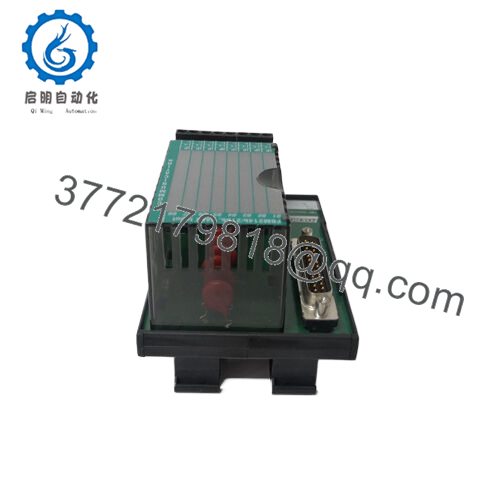
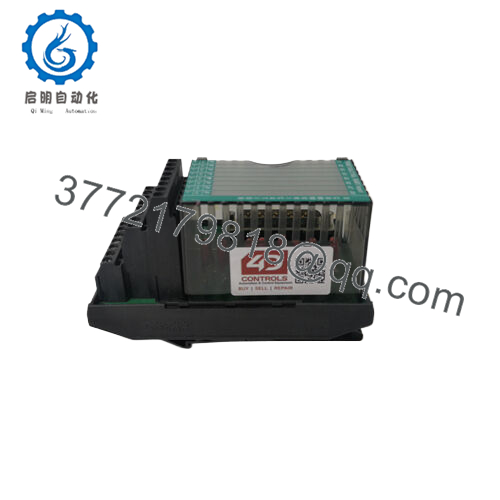
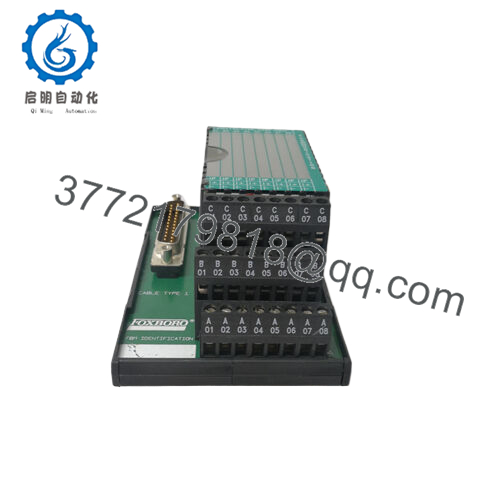
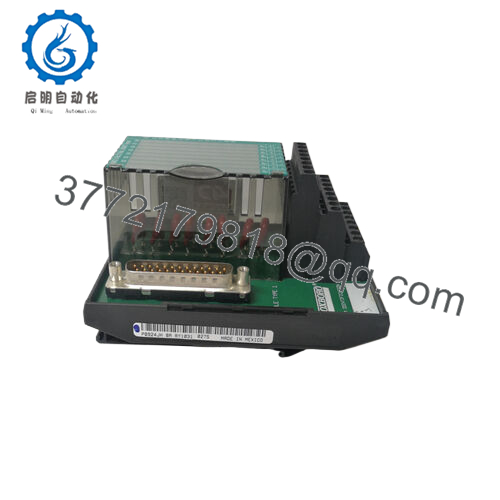
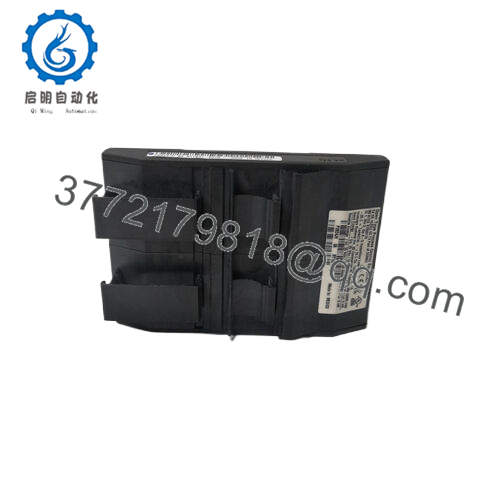
 WhatsApp: +86 16626708626
WhatsApp: +86 16626708626 Email:
Email:  Phone: +86 16626708626
Phone: +86 16626708626


